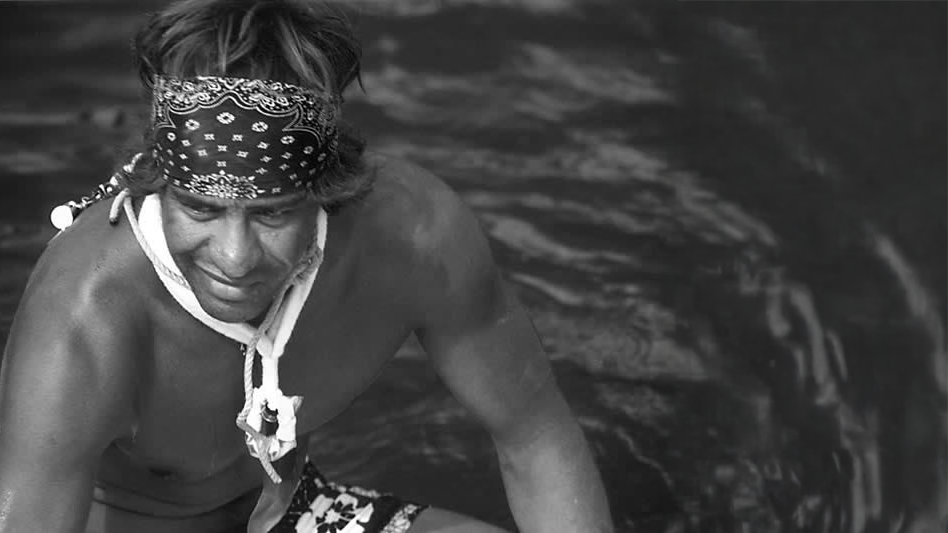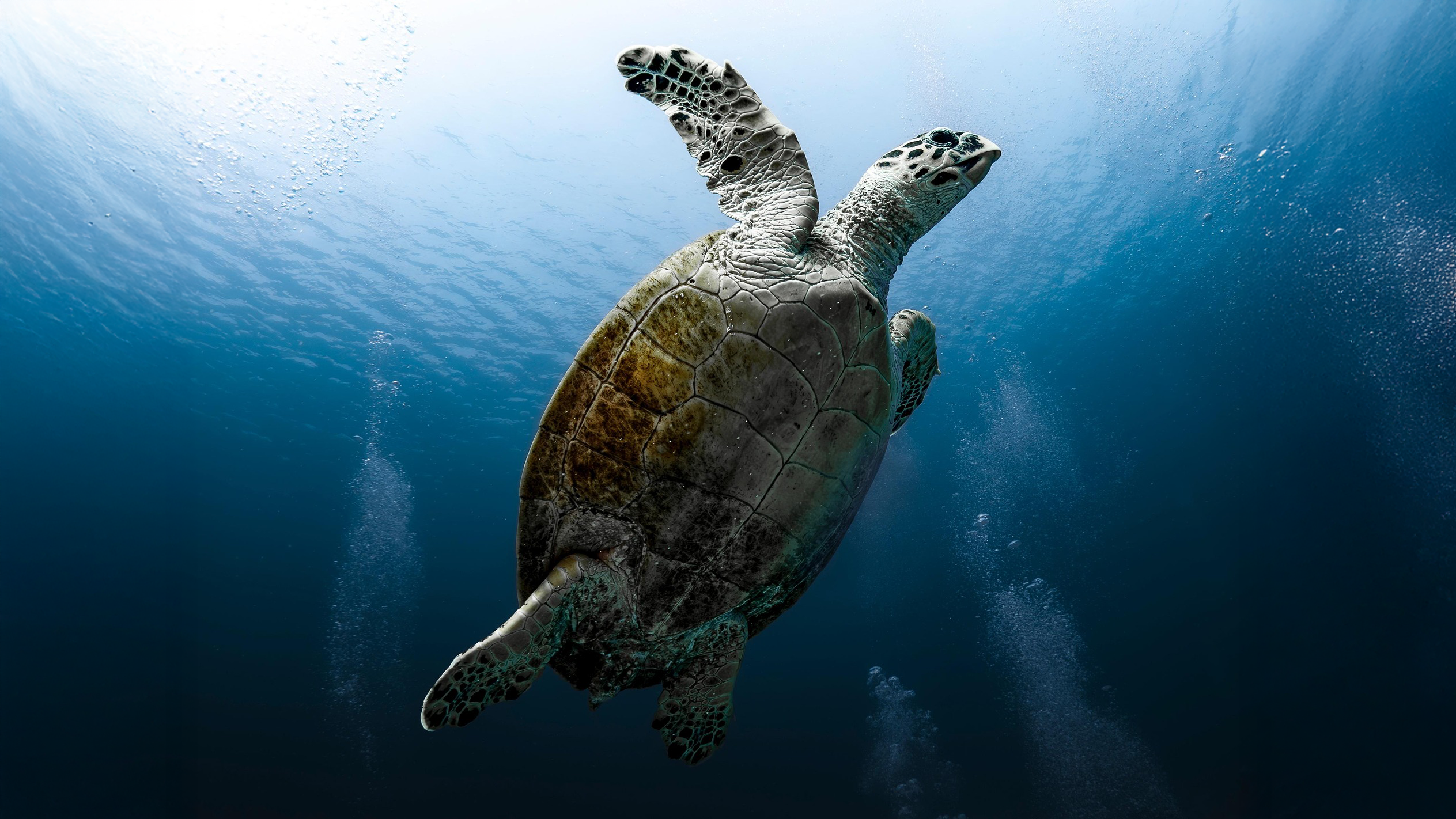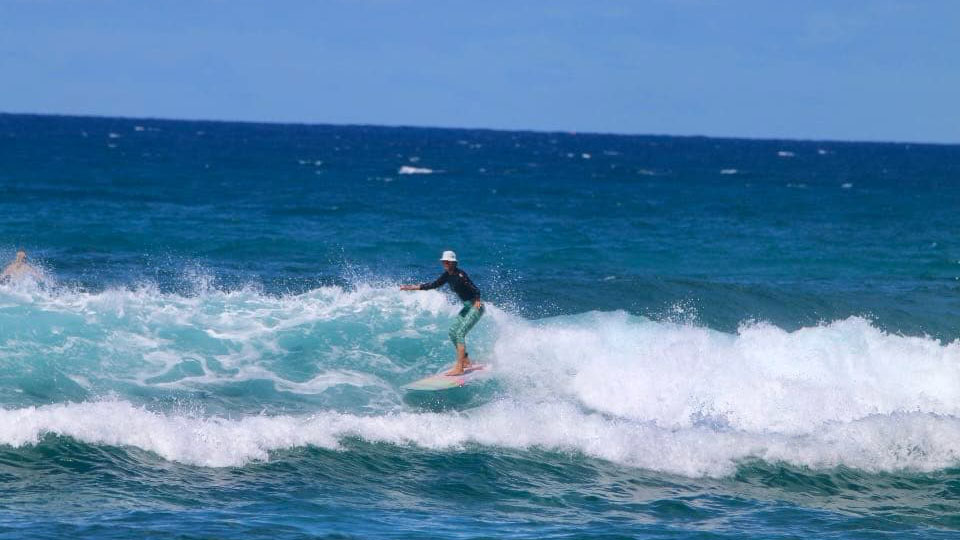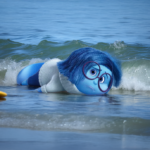Now Reading: Wax on, wax off—and why it belongs on OnlyFans
-
01
Wax on, wax off—and why it belongs on OnlyFans
Wax on, wax off—and why it belongs on OnlyFans
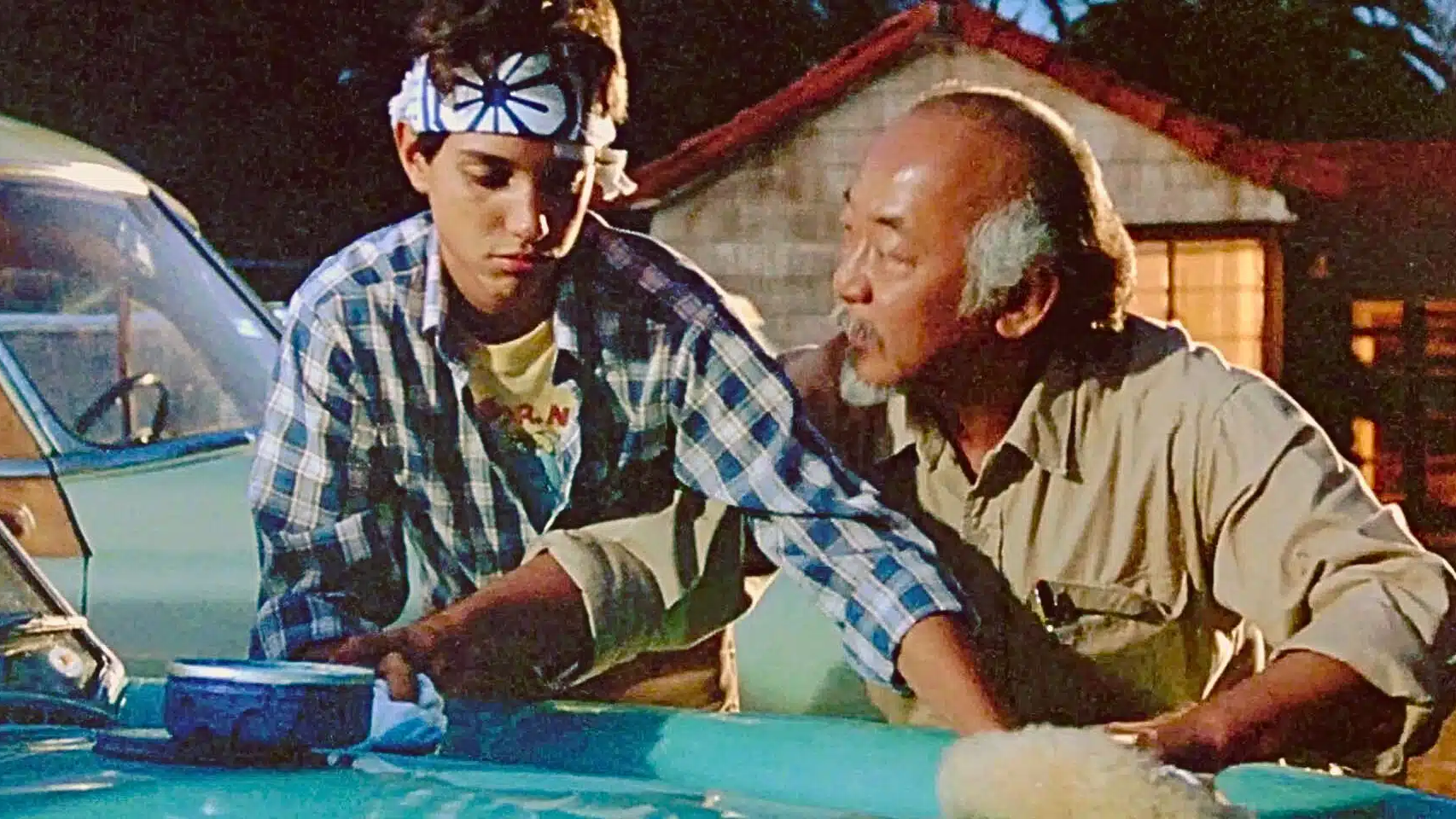
Wax. The unsung hero of surfing. Where would we be without it? Sliding off our boards, that’s where.
But is there such a thing as too much wax? And I shouldn’t wax my foamie, right? How did it all start, anyhow?
After this, you will never look at surf wax the same way again. 🥰
🌺 Ancient boards and sticky mysteries
By now, you’re familiar with my obsession with the Olo—the ancient Hawaiian surfboard. The Olo and other ancient surfboards, such as the Alaia, were sanded smooth, polished into oblivion, and soaked in oils like kukui nut oil to preserve the board, but also to provide a smoother surface.
So, I’ve been wondering: how did the Hawaiians manage to stand up and surf on the Olo without any grip? Were they magicians?
Not exactly. They were just very, very, very good at it and developed surfing techniques that provided natural grip points. Anecdotal evidence suggests that ancient surfers would rub sand and volcanic materials to roughen up the surface.
Of course, it didn’t matter as much for about 100 years, when the missionaries, with their anti-fun agenda, all but banned surfing in Hawaii. But I am digressing. There’s an article on that.
When surfing finally reawoke from its Christianity-induced slumber circa 1910, thanks to Duke Kahanamoku, there was still no such thing as surf wax.
🕯️ Homely remedies
For decades, surfers continued to rub sand into their surfboards. Some would sandpaper the deck. Others would take their sand game to the next level and mix it with varnish. I can only imagine all the raw knees and feetsies.
A breakthrough came in 1935, when California surfer Alfred “Al” Gallant Jr. realized the sticky floor wax his mother used on their hardwood floors could improve surfboard traction. When he switched to paraffin wax, it became surfers’ go-to traction for the next 30 years. It provided minimal grip, mostly because in warm waters, it would simply melt and require near-constant reapplication.
Throughout the 1940s–50s, most surfers simply melted candles or used canning paraffin. Some companies started selling surf wax, but it was still just plain paraffin wax—it had no special properties.
🍇 Waxmate and the grape eevolution
The first official surf wax formulated for surfing was developed by surf champion Mike Doyle. Along with his friends Rusty Miller and Garth Murphy, they created Waxmate. It was purple, came in different water temp formulas, had a fortune-like cookie message, and most importantly, smelled like grape. It was an immediate hit.
Without Waxmate, we would never have Sticky Bumps (est. 1971) or Mr. Zog’s Sex Wax (est. 1972), respectively—or the newer, environmentally friendly brands such as Matunas and Green Surf Wax.
🌞 My personal wax ritual, soon on
I gotta tell you, there’s nothing more satisfying than leaving your longboard in the sun wax-side up, scraping the old wax, and applying a fresh coat. It’s my meditation. I’m currently considering it as an offering on OnlyFans.
🤔 Can you use too much wax?
Can you apply too much wax? You can. It’s a mistake some of us beginners make. Too much wax, ironically, will make the board less grippy, and it will feel bumpy—so no help to your stance or comfort.
So once you’ve applied a base coat (you can only use tropical wax as a base coat if you live in colder climates) and your usual wax coat appropriate for your local water temp, just leave it alone. Reapply as needed. You’ll know when—’cause you’ll start slipping.
🧸 Waxing foamies? It depends
As for waxing the foamies? It depends on the foamie. They’re designed to provide enough grip sans wax, but with use, they may become less grippy, and some wax on a foamie never hurt anyone.
Okay, that’s not necessarily true—I used some wax on my Wavestorm, cycled to the beach, and my bike rack rubber is now permanently ingrained in the surfboard. I have tried almost everything. It just won’t let go.
So I have developed a new mantra: less cleaning, more surfing!












